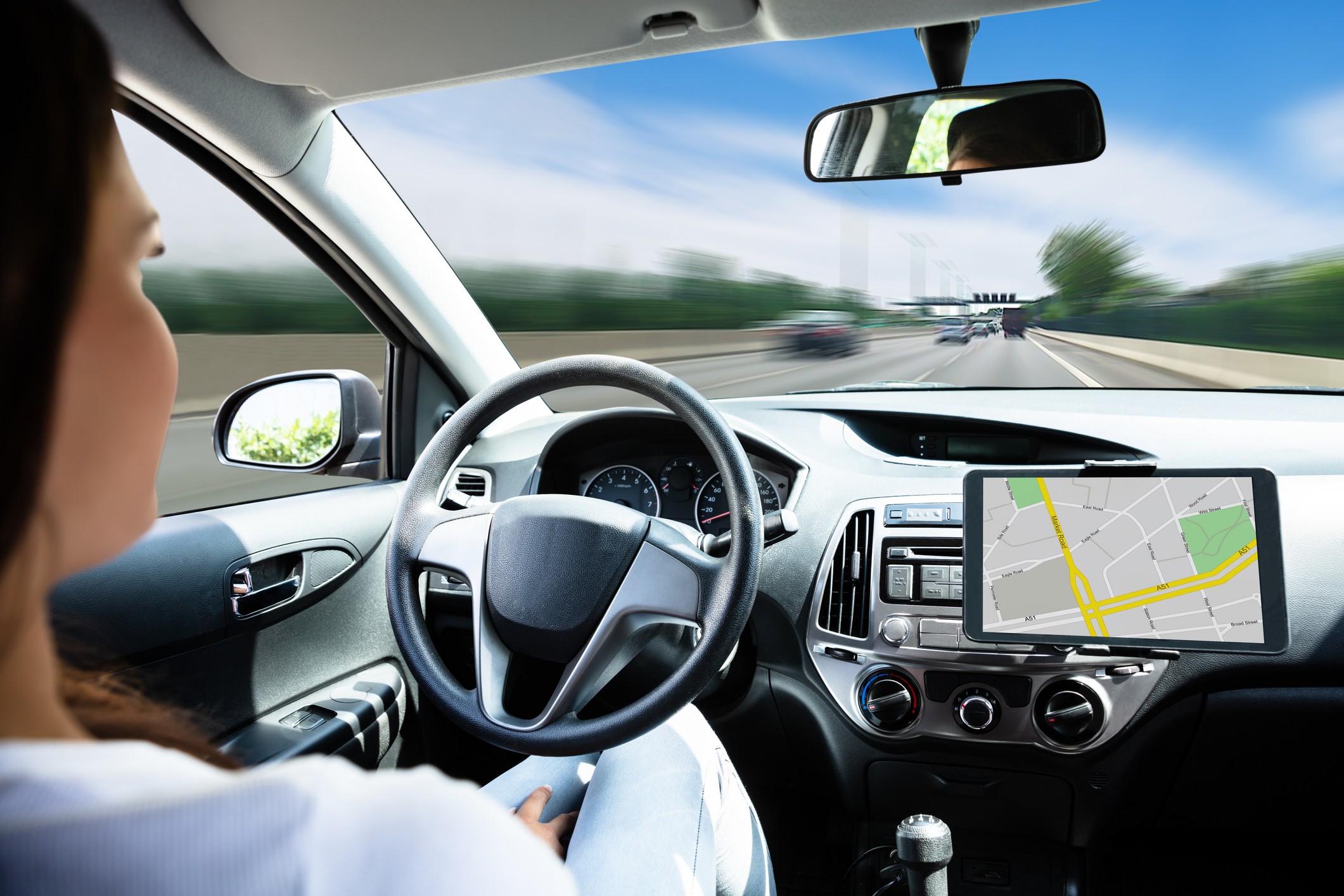It’s an ordinary day in the northern German city of Hamburg, where countless cars move along the streets and pedestrians cross at the intersections. Amid all the hustle and bustle, one vehicle advances without the driver’s hands on the steering wheel or feet on the pedals.
This isn’t some risky stunt but rather the final tests of technology designed by the European-Union funded L3Pilot project. In it, the researchers developed and tried out electronics for self-driving cars on urban roads and highways.
Road realities
‘It’s very important to test automated vehicles under real-world conditions,’ said Aria Etemad, who coordinated L3Pilot and is a researcher at German automaker Volkswagen. ‘Letting them drive around in artificial environments is not enough. We need to see if they can handle the complex and messy reality of the road.’
Self-driving cars have gone through plenty of hype in recent years. US tech companies such as Google and Uber poured billions into research, pursuing a science-fiction like vision of cars transporting people around with no human drivers.
Those dreams have at times been interrupted as self-driving cars turned out to be more complex to design than previously thought. There has occasionally even been tragic drama, such as the 2018 death of an American woman after she was struck by an Uber self-driving test car.
Nonetheless, out of the spotlight researchers such as Etemad are making real gains. And in the next several years, more vehicles with higher degrees of autonomy are likely to appear on roads across Europe.
The hope is that such cars will help the EU achieve a goal of reducing road fatalities to zero by 2050 from 19 900 last year. The 2021 figure marked a 6% increase from 2020.
If 30% of vehicles on highways used automated-driving technologies, road accidents would decline by almost 15%, L3Pilot predicted. Furthermore, automated cars hold out the promise of reducing both traffic jams (by making road transport more efficient) and driver stress.
‘We need a little bit more time,’ said Etemad, who now coordinates a follow-up EU project called Hi-Drive. ‘But in the near future more and more cars will have automated driving technology.’
Shifting gears
The whole process will be evolutionary, with varying levels of automation featuring in different car models at various stages.
Six levels of automobile autonomy exist under a common industry ranking. Level zero is a standard car with no automation, while level five represents total automation – a vehicle that can drive on its own in all possible conditions.
Levels one and two are already a reality, with the first containing adaptive cruise control and the second extending to traffic-jam assistance, according to Etemad.
Some existing cars already steer and brake by themselves, for example in relatively straightforward traffic conditions like on a highway or in congestion.
“
In the near future more and more cars will have automated-driving technology.
In certain cases, drivers can even remove their hands from the steering wheel or feet from the pedals while retaining ultimate control (and needing to be ready at all times to take over). Data from sensors and cameras attached to the car are entered into a software system, which often uses artificial intelligence to make driving decisions.
Car manufacturers are now trying to extend autonomy to level three.
‘It’s like level two, but at level three the driver can do side activities,’ Etemad said. ‘They could watch a video for example. Only when the system requests it, the driver should take back control.’
User signals
David Ertl of the European Bureau of the International Automobile Federation (FIA) says that car riders themselves are providing input on both their enthusiasm and their scepticism about the whole endeavour, adding to the research stakes.
‘There could potentially be clear benefits for car users, such as improved road safety,’ he said. ‘But they remain unsure about how safe automated driving really is.’
FIA was a partner in L3Pilot and is one in Hi-Drive, representing the interests of drivers.
Safety and trust will ultimately depend not just on technology but also on providing drivers with sufficient information on the automated functions. Future driving-licence tests should include training on automated driving, Ertl said.
The transition from level two to three is a big one. The automated systems must be safe enough to allow drivers to turn their attention elsewhere.
L3Pilot tests involved a total of 750 people acting either as drivers overseeing the operations or as passengers in seven countries including Germany, Italy and Sweden, according to Etemad.
In the experiments, the car drove itself while a trained driver sat behind the steering wheel to take over whenever necessary, he said.
Blind spots
It turned out that current autonomous-driving technologies still have a number of blind spots.
For example, when an automated car approached some roadworks, it was unable to figure out what to do and handed control back to the driver. A range of challenges like this is now being addressed in Hi-Drive, which runs until mid-2025.
‘We are cooperating with infrastructure owners to know where the roadworks are and what they look like,’ said Etemad. ‘That information is transferred to the vehicle, which would allow it to better prepare for them.’
These kinds of unexpected situations on the road are among the main obstacles to the development of self-driving vehicles.
‘This is why many manufacturers are hesitating to put these systems on the market,’ said Etemad. ‘You need to think of all possible situations your car needs to cover. And that’s not easy.’
Higher ambitions
For the even-higher levels of autonomy, more patience will be required.
‘Level four might arrive on the market as robot taxis or shuttles,’ said Etemad. ‘They are highly autonomous, but the speeds at which they operate are low, and the places in which they drive are well-defined. I’m pretty sure before the end of this decade we will see these in operation in metropolitan areas.’
What about the fifth level involving a car driving autonomously everywhere, from small rural roads and highways to city centres? Might it be a pipe dream destined to stay in the sci-fi realm?
Etemad thinks so. He says the related costs would be prohibitive in the near future – for both the car technology and the necessary infrastructure such as sensors able to inform a vehicle what’s happening on the road.
‘It’s simply not affordable,’ said Etemad. ‘With our current understanding and technology, we should focus on level three and four because that’s where the real potential lies.’
Research in this article was funded by the EU. If you liked this article, please consider sharing it on social media.
The 4th European Conference on Connected and Automated Driving (EUCAD2023)
On 3-4 May 2023, the 4th European Conference on Connected and Automated Driving (EUCAD2023) will take place in Brussels.
The conference is part of the European Commission’s ambition to make our transport system smarter, safer, more sustainable and resilient, by leveraging automation and digitalisation with our European climate goals.
EUCAD2023 will gather political leaders from the European Commission and Member States with European and international high-level representatives of industry, academia and road authorities to discuss if our societies are ready for the deployment of smart, inclusive and sustainable mobility solutions.
Watch the video



